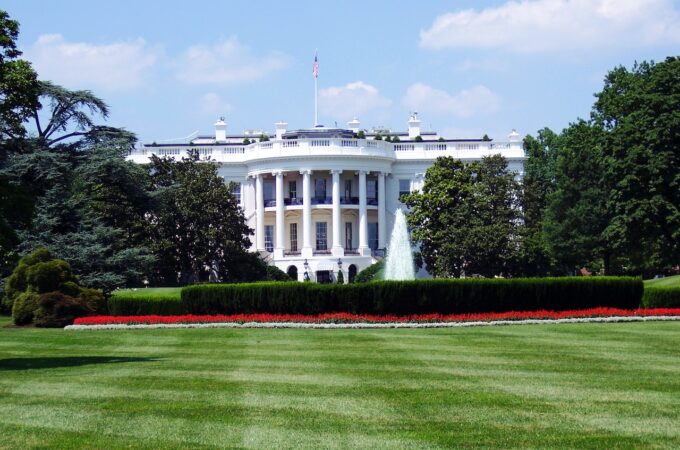
Ripple Unveils RLUSD Stablecoin with Major Exchange Partnerships
Ripple, the blockchain-based digital payment network, has announced the imminent launch of its new U.S. dollar-pegged stablecoin, RLUSD, in a move that could reshape the $170 billion stablecoin market. The company has revealed a roster of prominent exchange partners and assembled a high-profile advisory board as it prepares to challenge established players in the space.
RLUSD will be available on major cryptocurrency exchanges and platforms, including Uphold, Bitstamp, Bitso, MoonPay, Independent Reserve, CoinMENA, and Bullish. To ensure robust liquidity, Ripple has partnered with leading market makers B2C2 and Keyrock.
Brad Garlinghouse, CEO of Ripple, expressed confidence in the new offering: “With our initial exchange partners, clear utility and demand for RLUSD, and a strong focus on regulatory compliance, Ripple’s stablecoin is poised to become the gold standard for enterprise-grade stablecoins.”
The stablecoin, which will operate on both the XRP Ledger and Ethereum blockchain, is designed to maintain a 1:1 peg with the U.S. dollar. Ripple states that each RLUSD token will be fully backed by U.S. dollar deposits, U.S. government bonds, and cash equivalents. In a bid for transparency, the company has committed to publishing monthly, third-party audited attestations of its reserve assets, to be conducted by accounting firm BPM.
Ripple has also assembled a powerhouse advisory board for RLUSD, including former Federal Deposit Insurance Corporation (FDIC) Chair Sheila Bair, ex-CENTRE Consortium CEO David Puth, and Ripple co-founder Chris Larsen. This move underscores the company’s commitment to regulatory compliance and responsible innovation in the digital asset space.
The launch of RLUSD comes at a time when the stablecoin market is experiencing rapid growth. Garlinghouse previously projected that the market could expand from its current $150 billion valuation to potentially reach $3 trillion by 2030.
RLUSD aims to serve various financial use cases, including facilitating faster and more cost-effective cross-border payments, providing a stable bridge for fiat-to-crypto conversions, and supporting the tokenization of real-world assets such as commodities and securities.
As Ripple awaits final regulatory approval from the New York Department of Financial Services, the crypto industry watches with keen interest to see how this new entrant will impact the competitive landscape of the stablecoin market.





